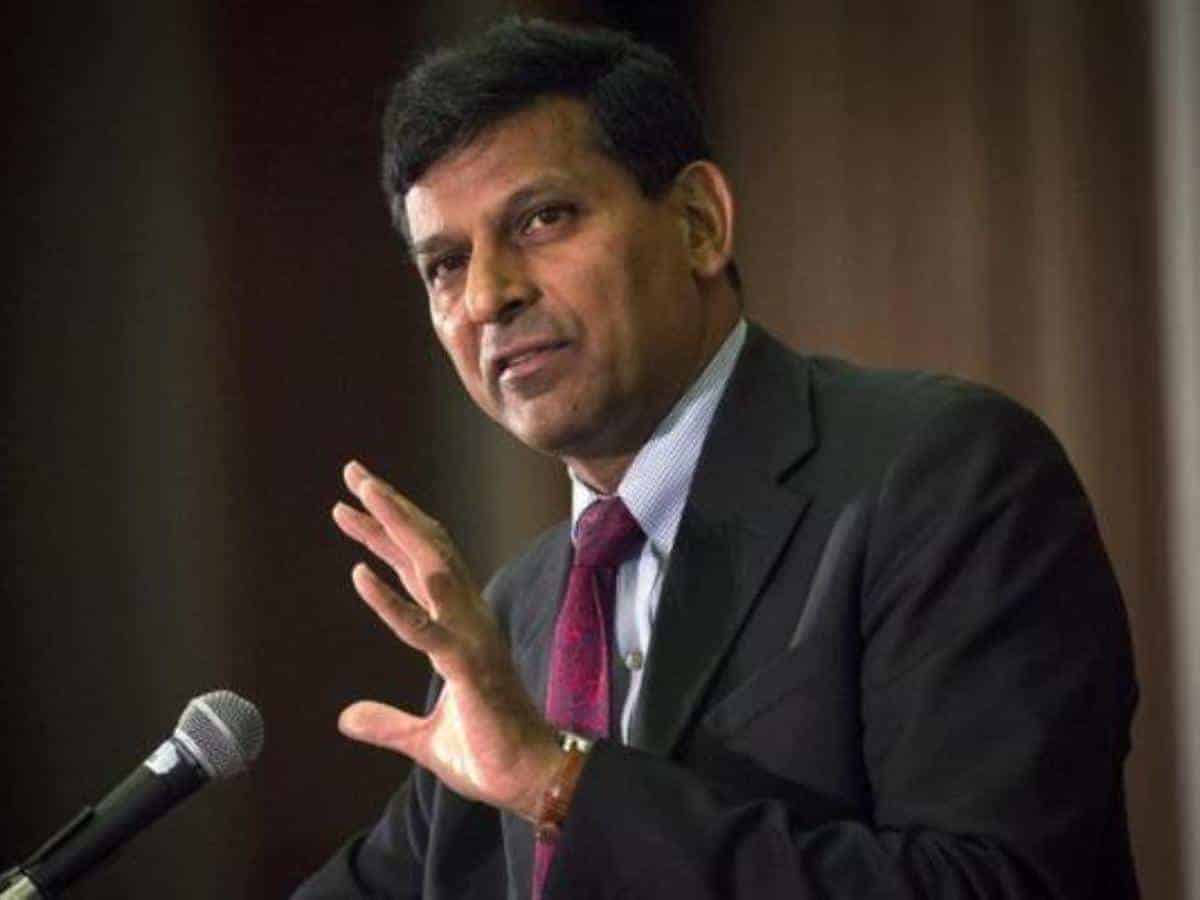Hyderabad: The 23.9 per cent contraction in the recently released GDP figures must ‘alarm us all’, said former Reserve Bank of India Governor Raghuram Rajan. In his LinkedIn post, he also warned the government and its bureaucrats need to be ‘frightened out of their complacency and into meaningful activity.’
He suggested that India’s contraction was worse off compared to the advanced COVID-hit countries—USA and Italy, where contraction was seen at 9.5 and 12.4 per cent respectively. He also hinted that the contraction could be worse if the estimates of damage in the informal sector come in.
With discretionary spending expected to stay low until the virus is contained, government-provided relief becomes all the more important, Rajan wrote. The government’s reluctance to conserve resources for a possible future stimulus is a ‘self-defeating’ strategy, he adds.
Further explaining, “If you think of the economy as a patient, relief is the sustenance the patient needs while on the sickbed and fighting the disease. Without relief, households skip meals, pull their children out of school and send them to work or beg, pledge their gold to borrow, let EMIs and rent arrears pile up…Similarly, without relief, small and medium firms – think of a small restaurant — stop paying workers, let debt pile up, or close permanently. Essentially, the patient atrophies, so by the time the disease is contained, the patient has become a shell of herself,” said Rajan. Economic stimulus, he said, was like a tonic, but “if the patient has atrophied, the stimulus will have little effect”.
He called out government officials waiting for a stimulus once India has finally contained the virus for underestimating the damage. “Instead of claiming there is a V-shaped recovery around the corner, they should wonder why the US, despite spending over 20 percent of GDP in fiscal and credit relief measures, is still worried the economy will not return to pre-pandemic GDP levels by the end of 2021,” he added.
Rajan said the government needed to expand the resource envelope in every way possible, spend as cleverly as possible and take every action without additional spending. “All this requires a more thoughtful and active government. Unfortunately, after an initial burst of activity, it seems to have retreated into a shell,” he remarked.
Major recommendations
He recommended that the country has an option of borrowing more, but it needs to show the commitment of returning to fiscal viability in the medium term. He writes- “For example, by setting future debt reduction targets through legislation and committing to honest and transparent fiscal numbers with a watchdog independent fiscal council.”
Further, he suggested that the government should have its public firm shares ready for on-tap sales to take advantage of high levels of activity in the market to get more money on hand. Stating that many public sector enterprises have surplus land in prime areas, he writes, “the current period of buoyancy already looks like a missed opportunity.”
For the sustained recovery of the Indian economy, Rajan says, that Mahatma Gandhi National Rural Employment Guarantee Act (MNREGA) is a ‘tried and tested means of providing rural relief’. For those who do not have access to MNREGA, the government can provide direct cash transfers (DTCs), he recommends.
“Cash-rich platforms like Amazon, Reliance, and Walmart could help smaller suppliers get back on their feet, even funding some of them,” he writes saying the private sector can be reigned in for help, as they have more capital at hand.

